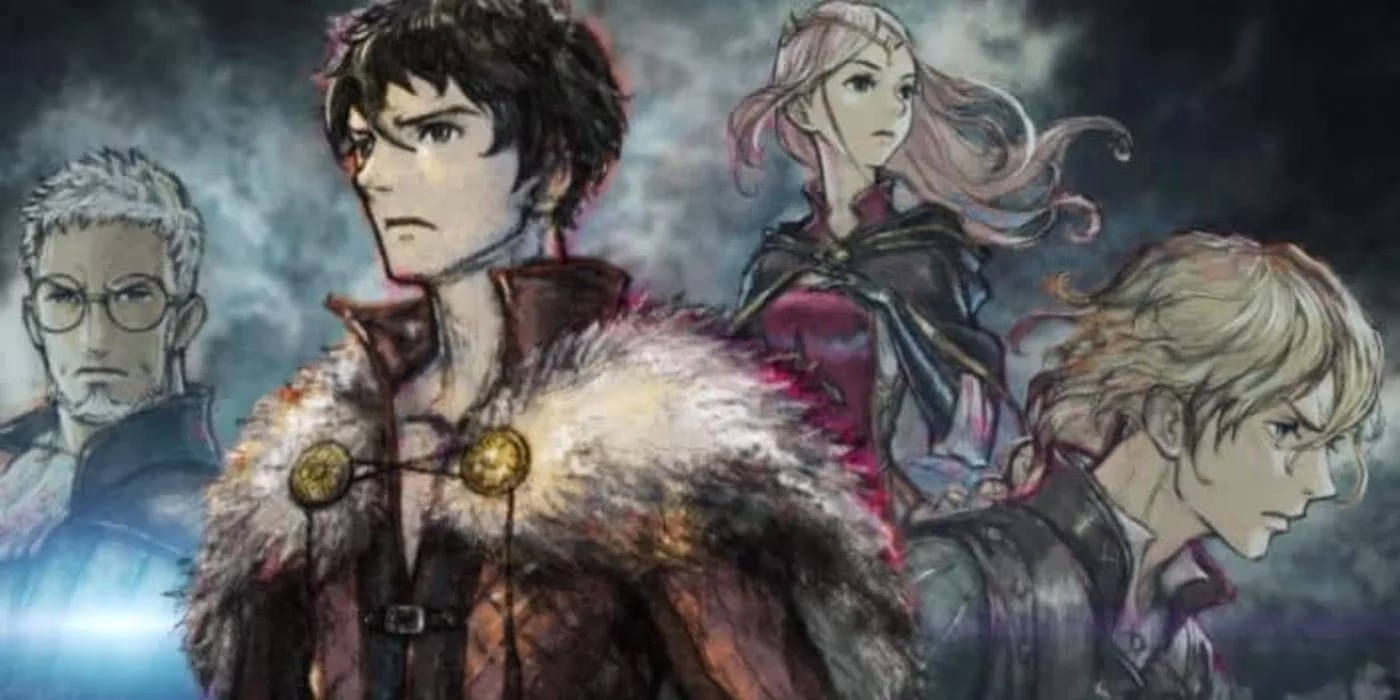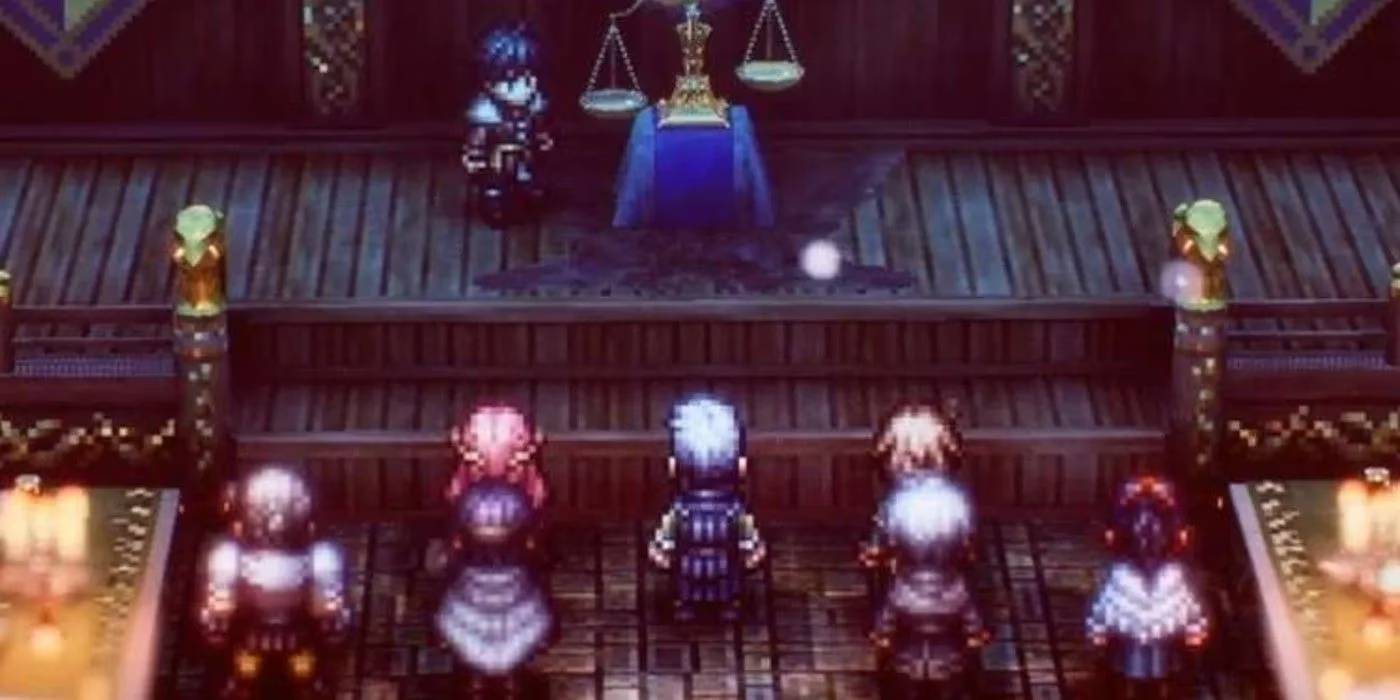When Project Triangle Strategy first waltzed onto the scene during a Nintendo Direct, tactical RPG fans collectively gasped louder than a noble catching sight of a peasant using the wrong fork. 🎮 This wasn't just another grid-based skirmish—it felt like Final Fantasy Tactics had crash-landed in the Octopath Traveler universe, wearing a fresh suit of HD-2D armor. By 2025, Square Enix's polished successor has cemented itself as the spiritual heir to the Tactics Ogre and FFT legacy, proving that political intrigue and elevation-based combat never go out of style. Though it dodges the Final Fantasy branding like a rogue avoiding opportunity attacks, its DNA screams "Ivalice" louder than a drunken moogle at a tavern brawl.

👑 Noble Bloodlines & Political Puppetry
Serenoa Wolffort isn't just a fancy name—he's Ramza Beoulve's long-lost cousin from another mother continent. Both blue-blooded protagonists navigate war-torn kingdoms where aristocratic backstabbing is as common as chocobo droppings. The political scheming unfolds like a game of Jenga played with dynamite blocks: one wrong move, and the whole fragile tower of alliances collapses. People Also Ask: "Why do TRPGs obsess over noble houses?" Because watching pampered lords betray each other over mineral rights is the gaming equivalent of reality TV gold.
⚔️ Combat: A Ballet of Brutality on Shifting Sands
Elevation isn't just a stat here—it's the puppet master pulling every string. Attacking from higher ground feels like dropping an anvil on Wile E. Coyote, while flanking maneuvers flow like a tango choreographed by Sun Tzu. Triangle Strategy modernizes FFT's chessboard clashes with:
-
Environmental chaos: Ice tiles that turn battles into slapstick slip-'n'-slides 🔥
-
Synergy attacks: Pairing units creates combo chains smoother than a greased-up Quina
-
Consequence-driven AI: Enemies adapt like angry bees targeting your weakest hive

🌊 The Ripple Effect of Choices
Your decisions don't just alter dialogue—they reroute the entire narrative river. Picture a choose-your-own-adventure book where every page is coated in moral quicksand. Helping a drought-stricken village might starve your soldiers later, turning resource management into a guilt trip worthy of a Tolstoy novel. The Scales of Conviction mechanic forces debates fiercer than a Twitter feud, with outcomes branching like fractal lightning.
❓The Elephant in the Ivalice Room
Why didn't Square Enix slap "Final Fantasy Tactics" on the box? Speculation runs wilder than a caffeine-fueled Cactuar:
-
Branding liberation: Escaping FF's shadow let mechanics shine brighter
-
Mobile vs. Console: Tactics Ogre's DNA fits Switch better than gacha-infested phones
-
Creative rebirth: Like a phoenix rising from save-file ashes
| Feature | FFT (1997) | Triangle Strategy (2025) |
|---|---|---|
| Politics | 👑 Church vs. Crown | 🔺 Salt Iron War |
| Protagonist | Ramza (disgraced noble) | Serenoa (heir apparent) |
| Choice Impact | Linear path | Branching timelines 🌳 |
People Also Ask: "Does Triangle Strategy replace FFT?" Not quite—it’s more like finding a vinyl record that samples your favorite song with new bass drops. The combat refinements dance between nostalgia and innovation, leaving players wondering if Square Enix hid Matsuno in a broom closet during development. 🧹
🎭 The Unspoken Legacy
Three years post-launch, Triangle Strategy's greatest trick was making turn-based treachery feel vital again—a high-wire act balancing tactical rigor with Shakespearean drama. It’s the gaming equivalent of a matryoshka doll: peel back the HD-2D layers, and you’ll find Tactics Ogre whispering to FFT inside a Russian nesting doll of war crimes. Yet the haunting question lingers like a phantom save point: if this captures Ivalice’s soul so perfectly... why dress it in new clothes?